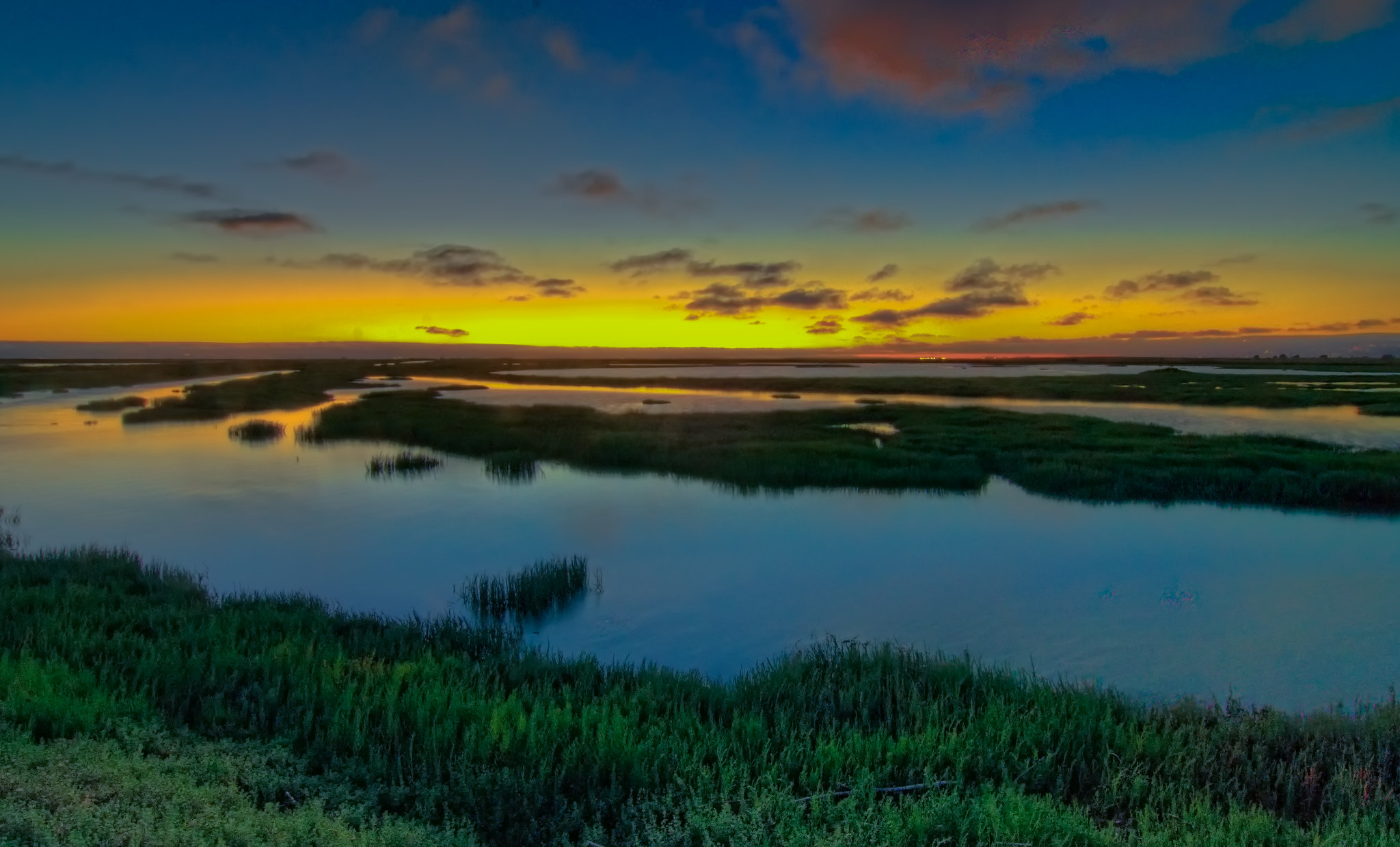By Arthur Feinstein

As part of state budget negotiations currently underway, the California State Senate is proposing to utilize $3.675 billion of the state’s record budget surplus to aid climate resilience and climate adaptation efforts across California. The Sierra Club and many other organizations strongly support the inclusion of a robust climate resilience package within the 2021-2022 state budget; however, this package currently falls short of the funding needed to support the protection, restoration, and resilience of San Francisco Bay’s wetlands — a critical priority for California’s efforts to protect our coast, adapt to climate, and advance 30x30 land and water conservation goals.
This week, over 25 conservation organizations sent a letter to state legislators urging them to increase their level of support for San Francisco Bay by appropriating $400 million of the State’s 2021-2022 budget towards San Francisco Bay restoration and conservation programs: specifically $300 million for the San Francisco Bay Restoration Authority and $100 Million for the Coastal Conservancy’s San Francisco Bay program. The initial state budget will be finalized on June 15th, so we must immediately urge our regional State Legislature members to support the allocation of $400 million for Bay conservation and resiliency.
As the largest estuary on the Pacific Coast, containing 77% of California’s remaining coastal wetlands, over 1,000 species of animals, 130 species of fish, millions of annual migratory waterbirds, over a dozen endangered species, and more than 7.5 million Californians, the protection, restoration and resilience of San Francisco Bay isn’t just important to California, but to the entire western hemisphere.
Our region has worked hard for decades to protect and restore the San Francisco Bay Estuary; however, this remarkable progress faces an existential threat from climate change and development pressures. Sea level rise, in particular, is the single largest threat to the future of the San Francisco Bay ecosystem, threatening to drown the wetlands and putting at risk the future health of the Bay. Sea level rise also poses a significant risk to the built community, potentially flooding over 80,000 homes, forcing the relocation of over 100,000 existing and 85,000 planned jobs, and requiring the re-routing of over five million daily highway trips.
In fact, according to a study by the U.S. Geological Service, Point Blue Conservation Science, and others, a full two-thirds of California’s socioeconomic impacts from sea level rise are expected to be experienced in the San Francisco Bay Area. The Pacific Institute further anticipates that 4 out of 5 of the greatest impacts in California from sea level rise, both in terms of economic loss and human impact, will be in counties along San Francisco Bay.
While wildfires and the drought are currently the primary focus of the state’s climate adaptation efforts, if we do not act now, flooding caused by sea level rise (and the combination of sea level rise with high tides and winter storm surges) is predicted to eclipse the economic impacts of wildfire and drought in the coming years, resulting in tens of billions of dollars of economic damage. For this reason, the California Legislative Analyst Office in their August 2020 report, “What Threat Does Sea Level Rise Pose to California?” urged the state to prioritize immediate action to minimize potential future disruptions to the economy and public safety.
San Francisco Bay scientists have consistently emphasized that the sooner we can restore the wetlands, the greater chance these habitats will be resilient in the face of rising sea levels and provide valuable flood attenuation to protect our communities for the decades that come. Additionally, the faster we implement wetland restoration projects around the Bay, the longer these natural systems will have to sequester carbon from the atmosphere, providing a valuable nature-based tool to support California’s greenhouse gas reduction goals.
The 2021-2022 State Budget offers a critical opportunity for the State of California to support the protection, restoration and resilience of the state’s most important estuary, San Francisco Bay, and to support the significant investments necessary to reduce future catastrophic flooding from sea level rise. We specifically urge the CA State Legislature to allocate:
- $300 million for the San Francisco Bay Restoration Authority - By approving Measure AA in 2016 with over a 70% vote, Bay Area residents are already supporting the restoration of our Bay wetlands, natural flood protection and bayside recreation for local communities. While the measure provides $500 million over 20 years, additional state funding is urgently needed to address the impacts of sea level rise and to increase the pace and scale of these efforts.
- $100 million for the Coastal Conservancy’s San Francisco Bay Program - The Coastal Conservancy plays a critical role in funding and supporting the protection and restoration of wetlands in San Francisco Bay, as well as multi-benefit projects and programs that improve wildlife habitat, assist communities in mitigating flood risk, and expanding access to the outdoors for underserved communities. Funding is needed to speed these actions in the face of sea level rise.
On June 15th, the initial state budget will be finalized by the State Legislature, so we must immediately take action to support the allocation of $400 million for Bay conservation and resiliency. Please send a message to your local representative (contact information below) telling them to take advantage of the budget surplus and invest in the restoration of the San Francisco Bay and in the protection of the Bay Area’s vibrant economy and communities that ring this remarkable landscape.
State Senator Nancy Skinner (District 09)
Chair, Joint Legislative Budget Committee
State Capitol, Room 5094
Sacramento, CA 95814
Capitol Office Phone: (916) 651-4009
District Office Phone: (510) 286-1333
Assemblymember Philip Ting (District 19)
Vice Chair, Joint Legislative Budget Committee
State Capitol, Room 3173
Sacramento, CA 95814
Capitol Office Phone: (916) 319-2019
District Office Phone: (415) 557-2312
State Senator Bob Wieckowski (District 10)
Chair, Senate Budget Subcommittee 2
State Capitol, Room 4085
Sacramento, CA 95814
Phone: 510-794-3900
Photo credit: Hayward Shoreline wetlands by Keith Cuddeback via Flickr Creative Commons.